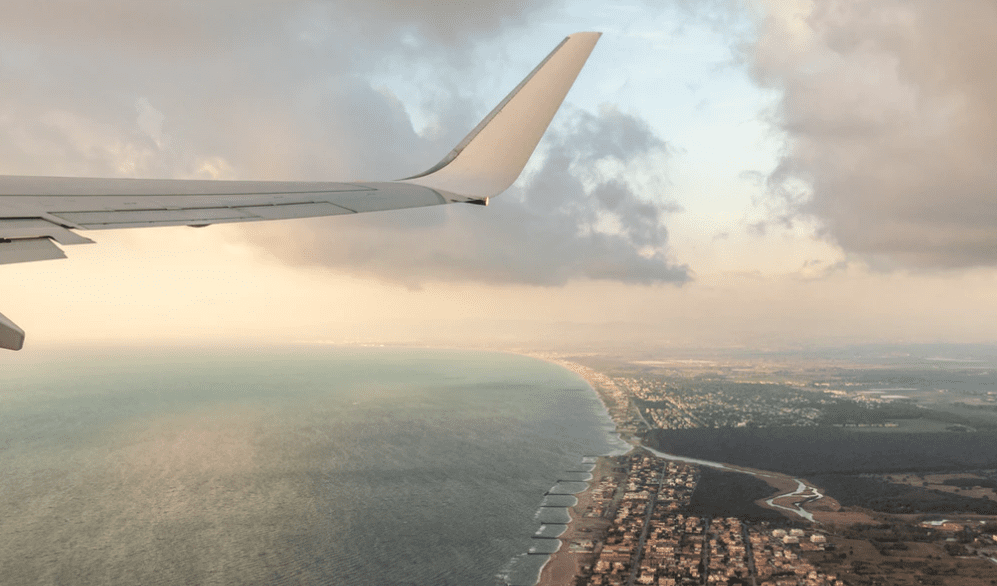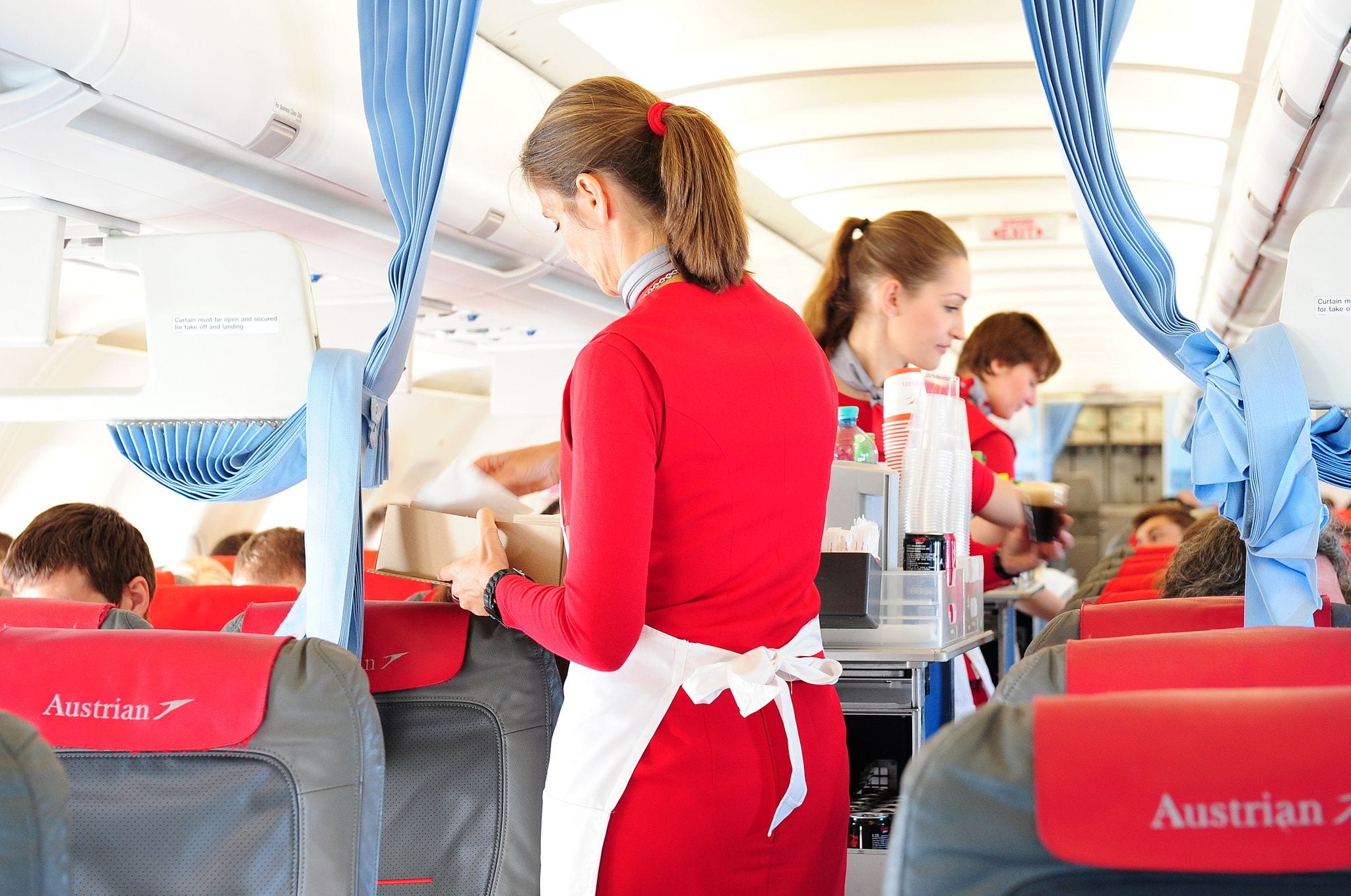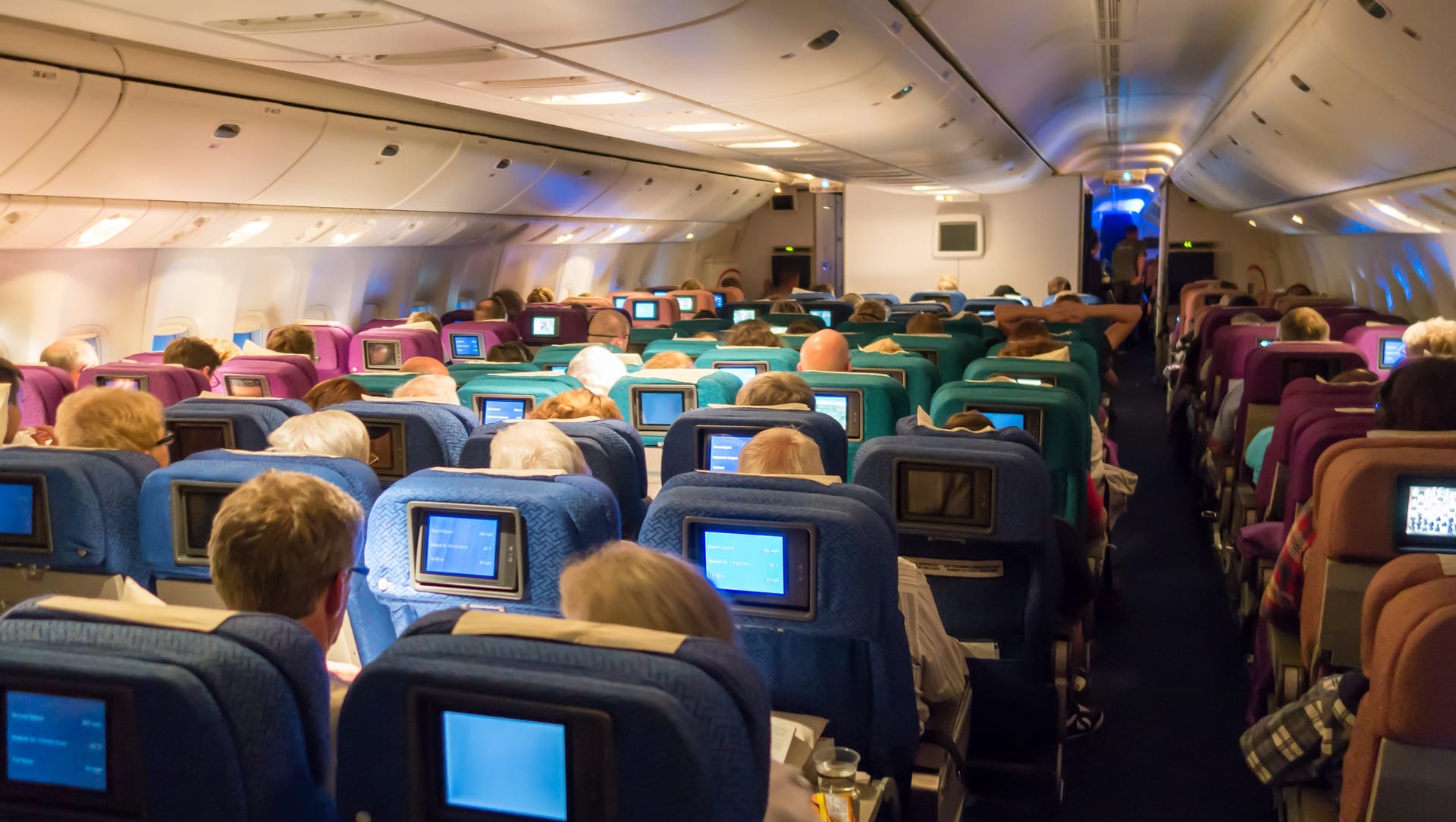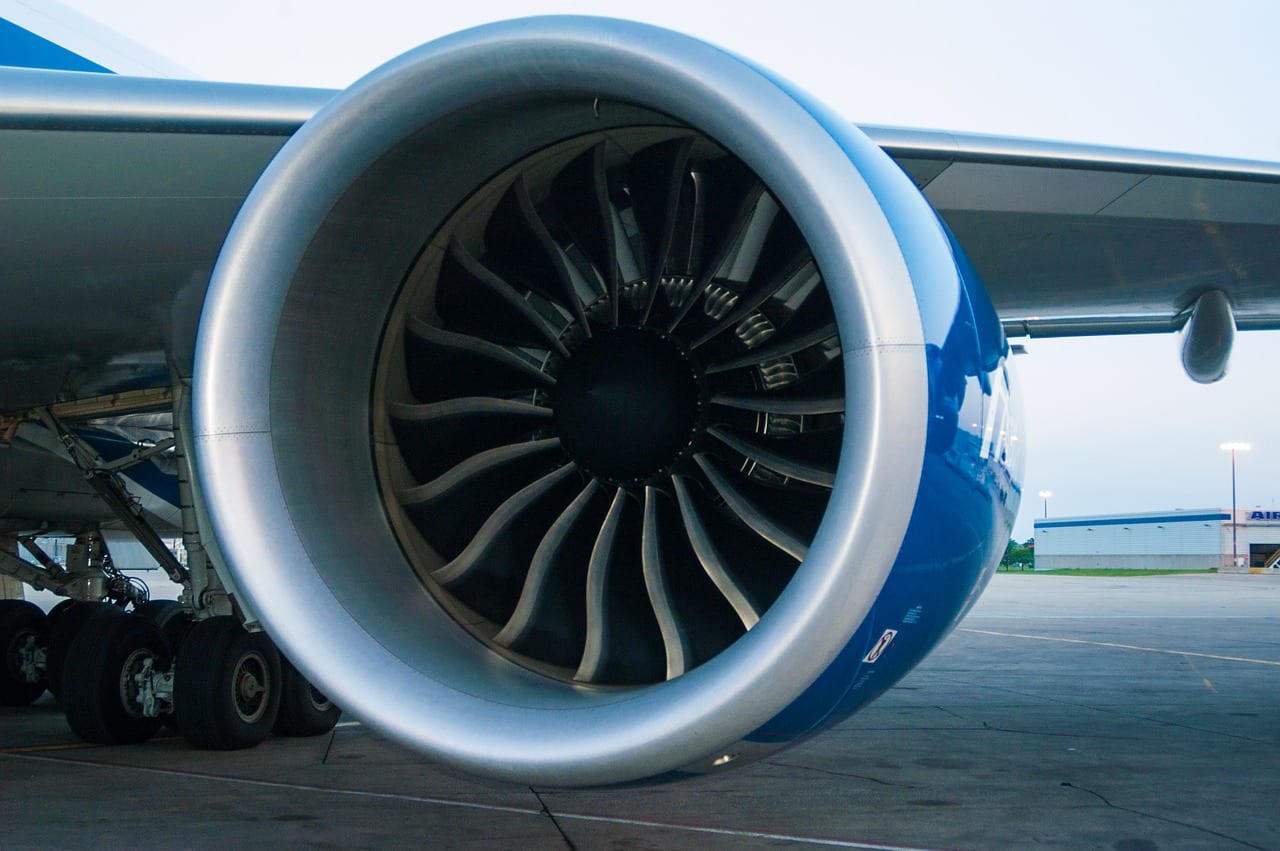Are you an emotionally stable person? Someone who doesn’t cry easily?
But what about when you’re on a plane? Have you noticed that you tend to tear up over nothing?
Recent research shows that this is absolutely normal. There are scientific reasons why you might suddenly be overcome with emotion – and not just because flying can be scary.
Let’s break it down. The main reason is altitude. It’s not often you’ll find yourself at 30,000 feet in the air, so when you do fly, the altitude makes your body react differently to how it usually does. While cabin pressure make passengers a little more comfortable, it doesn’t fix everything – including the emotional aspect.
Kate Sullivan, MSc, Head of Experience at Secret Fares told Reader’s Digest, “It’s a bit like having climbed a pretty high mountain.”
Photo Credit: Unsplash, Angela Compagnone
Oxygen is thinner the higher the elevation. So for someone like a mountain climber (or airplane passenger), there is a lower amount of oxygen in the bloodstream.
“With less oxygen available, your body goes into conservation mode,” Sullivan explains. “It takes care of essential functions first, like your circulatory and respiratory system, and ramps down some of the less crucial functions…including emotional regulation.”
But that’s not all. The air is extremely dry while flying. This can cause dehydration. Send in the drink cart!
“Because the air circulated in the cabin is very dry…we get pretty darn dehydrated on a plane,” Sullivan says.
And yes, the stress of flying itself can cause emotional disruption. Maybe you almost missed your plan or you said good-bye to a loved one before boarding. Whatever the reason, your nervousness may heighten, leaving you tired. And once you’re in the air, the altitude strips your body of some of its normal capabilities for regulating emotions.
Photo Credit: Unsplash, Bambi Corro
“From a psychological perspective, the mere act of flying can make you more likely to cry,” Sullivan says. “Even if you’re not afraid of planes, it’s a stressful situation.”
There are ways to combat stress and emotions, though. Drinks lots of water before and during the flight. Staying hydrated may mean more trips to the teeny tiny flight bathroom, but – hey – at least you’re not crying in the aisle to get there. You can also break out a sudoku or crossword puzzle to keep your brain occupied. And, lastly, kick back with in-flight entertainment. Watch movies that are light-hearted and comedic (your emotional side will thank you).
So no matter the reason for pesky tears to surface, know it is okay! This totally normal.
Everything is under control.
The post This Is Why You Cry More Easily on Planes appeared first on UberFacts.






 . . . Whats your take on this, is this a helpful perk, parent shamer? Or do you think they’re going to charge more for seats in the long run.. “bidding for seats, far away from babies” . . —- #fatmentravelling #bigandtallfashion #plussizemenswear #instago #instavacation #menofsize #passportready #travelblogger #fatgirlstraveling #travelblog #babyonboard #babyonflight #travelhustler #travelisthenewclub #flyfluffyandfabolous #bearsofinstagram #cubsofinstagram #pointsandmiles #travelholic #bigguys #fatgirlstraveling #bodyposivity #plussizetravel #fatgirlstraveltoo #instatravel @british_airways @lufthansa @virginatlantic @easyjet @ryanair @thomascookairlinesuk #travelnoire #effyourbeautystandards #baby #iamsizesexy #travelgoals2018 @bbc_travel @theellenshow @travelnoire @holidaypirates @travel_con @blacktraveljourney @travelandleisure @travelchannel
. . . Whats your take on this, is this a helpful perk, parent shamer? Or do you think they’re going to charge more for seats in the long run.. “bidding for seats, far away from babies” . . —- #fatmentravelling #bigandtallfashion #plussizemenswear #instago #instavacation #menofsize #passportready #travelblogger #fatgirlstraveling #travelblog #babyonboard #babyonflight #travelhustler #travelisthenewclub #flyfluffyandfabolous #bearsofinstagram #cubsofinstagram #pointsandmiles #travelholic #bigguys #fatgirlstraveling #bodyposivity #plussizetravel #fatgirlstraveltoo #instatravel @british_airways @lufthansa @virginatlantic @easyjet @ryanair @thomascookairlinesuk #travelnoire #effyourbeautystandards #baby #iamsizesexy #travelgoals2018 @bbc_travel @theellenshow @travelnoire @holidaypirates @travel_con @blacktraveljourney @travelandleisure @travelchannel

 #babyhermanyew #babyonflight #1stflight #windowpeak #6monthold #babytravel
#babyhermanyew #babyonflight #1stflight #windowpeak #6monthold #babytravel




 Credit: @manuelo_bo @manuelo_bo
Credit: @manuelo_bo @manuelo_bo  DESTAQUE AMAR LISBOA
DESTAQUE AMAR LISBOA  Foto de @clickerjazz_photography
Foto de @clickerjazz_photography 

 Local: Ascensor do Lavra, Lisboa ______________________________________ Foto seleccionada por: @josefmagalhaes ______________________________________ Founder | Admin: @josefmagalhaes ______________________________________ Tags recomendadas: #amar_lisboa #super_lisboa #mylisbonhistory #toplisbonphoto #lisboacool #igers_portugal #igersportugal #super_portugal #icu_portugal #ig_portugal #loves_portugal #portugal_em_fotos #portugaloteuolhar #portugal_de_sonho #portugallovers #portugaligers #pt #portugal #tipsguidelisboa #lisboa #lisbon #ilovelisboa #iloveportugal #estaes_portugal #amar_portugal #instagramCML
Local: Ascensor do Lavra, Lisboa ______________________________________ Foto seleccionada por: @josefmagalhaes ______________________________________ Founder | Admin: @josefmagalhaes ______________________________________ Tags recomendadas: #amar_lisboa #super_lisboa #mylisbonhistory #toplisbonphoto #lisboacool #igers_portugal #igersportugal #super_portugal #icu_portugal #ig_portugal #loves_portugal #portugal_em_fotos #portugaloteuolhar #portugal_de_sonho #portugallovers #portugaligers #pt #portugal #tipsguidelisboa #lisboa #lisbon #ilovelisboa #iloveportugal #estaes_portugal #amar_portugal #instagramCML meets new towers
meets new towers  ! @londonviewpoints thanks for this great pic! #frankfurt #visitfrankfurt #frankfurtdubistsowunderbar #dasechtefrankfurt #visitgermany #skyline
! @londonviewpoints thanks for this great pic! #frankfurt #visitfrankfurt #frankfurtdubistsowunderbar #dasechtefrankfurt #visitgermany #skyline HaSSaN Ali BouShEhRi
HaSSaN Ali BouShEhRi 

 . . . . . #e4b #doomsdayplane #instaaviation #avgeek #avgeeks #pilotviews #boeing747 #queenoftheskies #pilot #pilotlife #jetsetter #piloteyes747 #pilotslife #pilotviews #pilotsofinstagram #piloteyes #instaplane #aviationpics #cockpit #crew #aviationdaily #aviator #aviation #aviationphoto #boeing #nightwatch #aviation4u #cockpitview #picoftheday #yourgrace #b742 #boeing
. . . . . #e4b #doomsdayplane #instaaviation #avgeek #avgeeks #pilotviews #boeing747 #queenoftheskies #pilot #pilotlife #jetsetter #piloteyes747 #pilotslife #pilotviews #pilotsofinstagram #piloteyes #instaplane #aviationpics #cockpit #crew #aviationdaily #aviator #aviation #aviationphoto #boeing #nightwatch #aviation4u #cockpitview #picoftheday #yourgrace #b742 #boeing